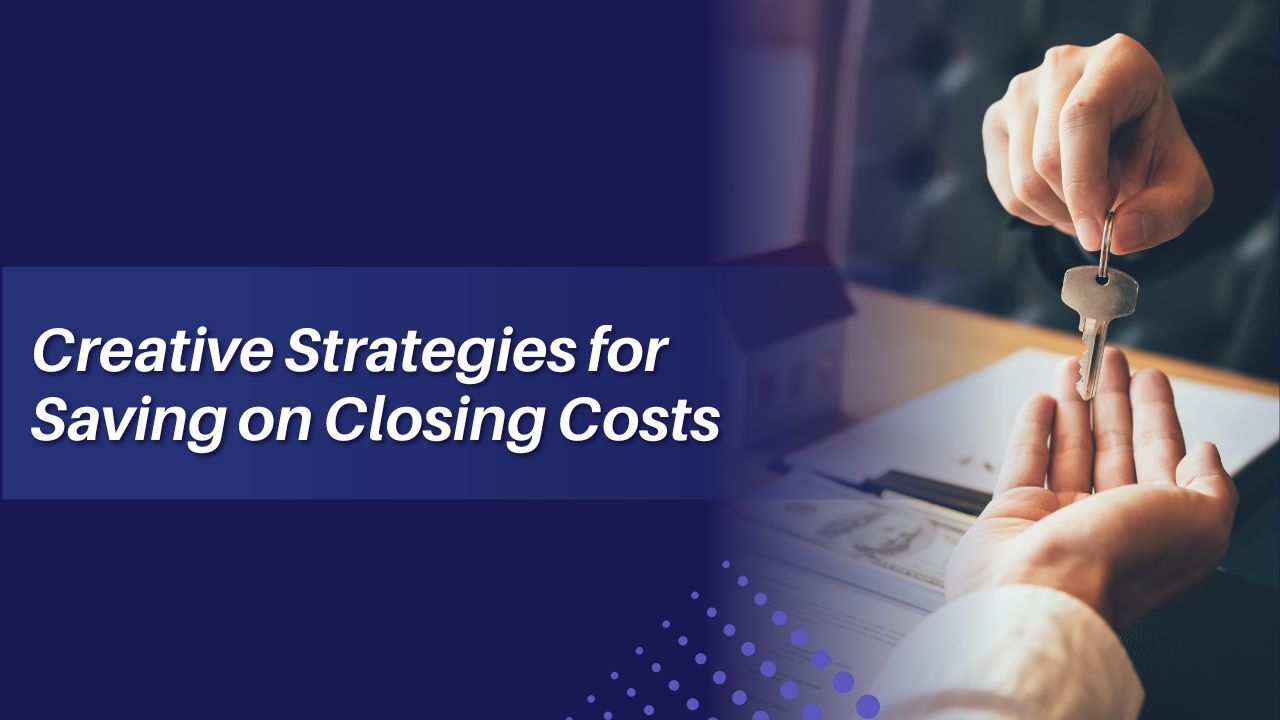The Emotional Rewards of Homeownership and Why It’s Worth Celebrating in June
 June is National Homeownership Month, a time not only to talk about the practical steps toward owning a home but also to reflect on the emotional rewards that make the journey worth it. As a mortgage professional, I spend a lot of time working with numbers such as credit scores, down payments, and interest rates. But the most powerful part of homeownership is what cannot be measured with a calculator.
June is National Homeownership Month, a time not only to talk about the practical steps toward owning a home but also to reflect on the emotional rewards that make the journey worth it. As a mortgage professional, I spend a lot of time working with numbers such as credit scores, down payments, and interest rates. But the most powerful part of homeownership is what cannot be measured with a calculator.
Pride in Ownership
Owning a home brings pride. There is something deeply satisfying about unlocking your front door and knowing that it belongs to you. Whether it is your very first home or the one you have been dreaming about for years, that sense of ownership carries emotional weight. You are not just investing in property. You are investing in your future and in something that reflects your effort, your goals, and your dreams.
Freedom to Make It Yours
Homeownership also brings freedom. As a renter, you are limited by rules that are not your own, like restrictions on decorating, pets, or even how many guests can visit. When you own your home, you can paint the walls any color you like, plant a garden, or renovate the kitchen. It is your space to shape, and that creative freedom can be incredibly empowering. Your home becomes a true extension of who you are.
A Sense of Stability
Then there is the sense of stability. A fixed-rate mortgage offers predictability that renting rarely provides. You are not at the mercy of a landlord’s decisions or unexpected rent increases. You have control over your housing costs, and that can create peace of mind, especially in uncertain times. For families, that stability means children can stay in the same schools, build friendships, and grow up in a consistent environment that feels safe and familiar.
Connection to Community
Owning a home also creates a sense of belonging. Neighborhoods become communities when people put down roots. Whether it is waving to a neighbor, attending a block party, or supporting a local school, homeownership helps people feel connected. That emotional connection often leads to stronger, more resilient communities. And that is worth celebrating during National Homeownership Month.
A Place Where Life Happens
Of course, the emotional rewards go hand-in-hand with the financial benefits of building equity and long-term security. But for many buyers, it is the intangible value that makes the most lasting impact. A home is where milestones are celebrated, where holiday traditions are created, and where life happens every day.
Helping Others Find That Joy
As a mortgage originator, I am privileged to help people take that first step. I see the joy when an application is approved, the excitement when the offer is accepted, and the pride when keys are finally in hand. Each of those moments reflects the emotional core of what homeownership means.
Celebrate More Than a House
This June, during National Homeownership Month, let’s celebrate not just the homes people buy but the lives they build inside them. The value of homeownership is much more than the price tag. It is in the pride, freedom, and sense of place that owning a home brings.

